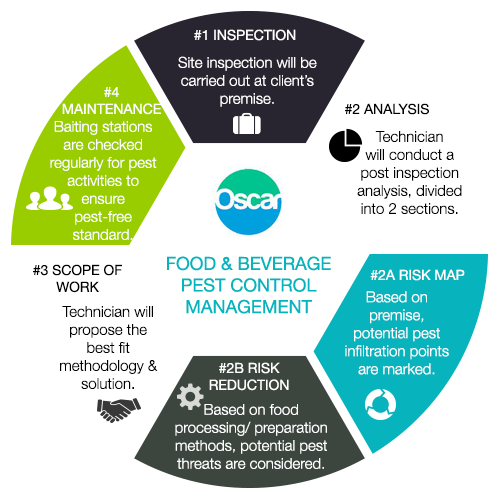Tips For Homeowners: How To Maintain Rodents Out Of Your Attic
Tips For Homeowners: How To Maintain Rodents Out Of Your Attic
Blog Article
Web Content Develop By-Thybo Snedker
Envision your attic room as a relaxing Airbnb for rats, with insulation as fluffy as resort cushions and wiring a lot more enticing than space solution. Currently, think of these undesirable visitors tossing a wild event in your home while you're away. As a home owner, ensuring your attic is rodent-proof is not practically peace of mind; it's about protecting your home and enjoyed ones. So, what basic actions can you take to guard your shelter from these fuzzy burglars?
Examine for Entry Information
To start rodent-proofing your attic, check for entrance factors. Beginning by meticulously taking a look at the exterior of your home, looking for any kind of openings that rats can make use of to get to your attic room. Check for voids around utility lines, vents, and pipelines, as well as any kind of fractures or holes in the foundation or siding. Make sure to pay attention to locations where different structure products fulfill, as these are common entry factors for rodents.
Additionally, examine best insecticide for termites for any kind of damaged or missing tiles, along with any kind of gaps around the edges where rats might squeeze with. Inside the attic, look for indications of existing rodent task such as droppings, ate wires, or nesting products. Use a flashlight to thoroughly examine dark corners and surprise spaces.
Seal Cracks and Gaps
Examine your attic extensively for any fractures and gaps that need to be sealed to prevent rodents from going into. Rodents can press with even the smallest openings, so it's important to secure any type of potential entry factors. Inspect around pipelines, vents, cable televisions, and where the wall surfaces fulfill the roof covering. Use a mix of steel wool and caulking to seal off these openings efficiently. Steel wool is an outstanding deterrent as rodents can't chew via it. Make certain that all voids are tightly sealed to deny access to undesirable parasites.
Do not overlook the relevance of securing spaces around doors and windows too. Usage weather condition removing or door sweeps to secure these locations properly. Inspect the areas where energy lines enter the attic and secure them off utilizing an appropriate sealant. By taking the time to secure all fractures and spaces in your attic, you create a barrier that rodents will find challenging to breach. Prevention is key in rodent-proofing your attic, so be detailed in your initiatives to seal any prospective entry factors.
Eliminate Food Sources
Take proactive steps to eliminate or save all possible food sources in your attic room to hinder rats from infesting the space. Rodents are drawn in to food, so removing their food sources is crucial in maintaining them out of your attic room.
Here's what you can do:
1. ** Shop food firmly **: Avoid leaving any kind of food items in the attic. Store all food in airtight containers made from metal or sturdy plastic to prevent rodents from accessing them.
2. ** Tidy up particles **: Get rid of any kind of heaps of debris, such as old papers, cardboard boxes, or wood scraps, that rodents can make use of as nesting product or food sources. Maintain the attic clutter-free to make it less attractive to rats.
3. ** Dispose of rubbish effectively **: If you use your attic for storage space and have garbage or waste up there, make certain to get rid of it on a regular basis and properly. Rotting pet friendly ant control in rats, so keep the attic clean and devoid of any kind of natural waste.
Verdict
To conclude, keep in mind that an ounce of prevention deserves an extra pound of cure when it concerns rodent-proofing your attic.
By making the effort to examine for entry points, seal cracks and spaces, and eliminate food resources, you can keep undesirable pests at bay.
Keep in mind, 'An ounce of avoidance is worth a pound of cure' - Benjamin Franklin.
Stay positive and safeguard your home from rodent invasions.
